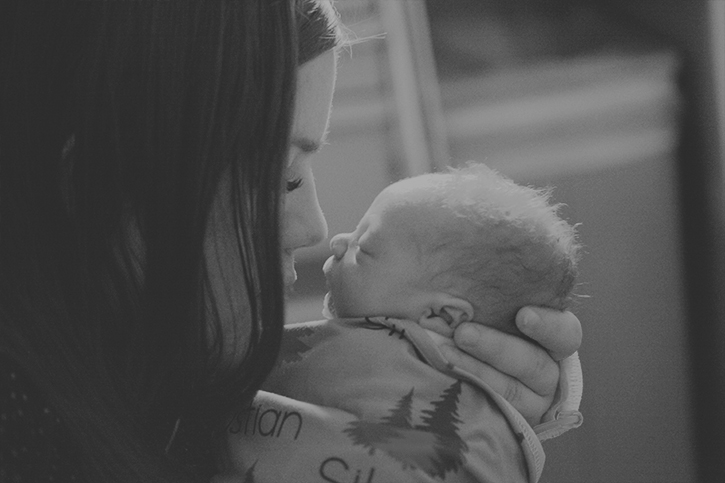When you’re pregnant, it can sometimes seem as though there is a million things that need to be done in order to have a smooth-running pregnancy and birth. While it can be difficult to prioritise, having your baby in the ideal position is essential for a smooth and problem-free birth.

There are even things you can do to assist your baby in getting into the best position for birth.
What is the ideal position?
The best position for your baby to be in for both labour and birth is with their head down, facing your back – so that their back is towards the front of your stomach. This is called the occipito-anterior position. It is the best possible position for them to be in, as it allows them to move more easily through the pelvis.
Research shows that these the main benefits of the anterior position are that women are less likely to require an emergency caesarean-section, are more likely to have a quicker and more straightforward experience of labour and birth and may even require less pain relief.
Other Positions
There are a number of other ways your baby could be positioned. If your baby is head down but facing your stomach, with their back to your back, this is called the occipito-posterior position. Alternatively, if your baby is legs and bottom down, this is called the ‘breech’ position. While this position is common early in pregnancy, if a baby is in a breech position near the due date, there is a greater chance of having a complicated vaginal birth or a caesarean section.
What can you do to move your baby into the ideal position for birth?
Unfortunately, there is little research to show that specific exercises are effective in moving the baby into the ideal position before birth. However, some experts believe that certain positions can help move your baby from a back-to-back position into an anterior position. This is known as optimal fetal positioning. Despite minimal evidence, many midwives and women still feel it’s worth a try and some have even reported that they provide relief from the back pain in late pregnancy and during labour.
If you are interested in OFP, here are some things you can try:
• Adopt a hands-and-knees position for 10 minutes, twice a day.
• Tilt your pelvis forward, rather than back, when you’re sitting.
• Ensure your knees are always lower than your hips.
• Check that your favourite seat or car seat doesn’t make your bottom go down and your knees come up. If it does, sit on a cushion to lift up your bottom.
• Move around if your job involves a lot of sitting and take regular breaks.
How can you improve your baby’s position during labour?
If your baby is in a posterior position when labour starts, you can still use the recommended postures and movements to try to help your baby to turn. Although there’s not much evidence that it will turn your baby, it may help to relieve your pain.
Posterior babies often change position during labour, and most get themselves into an anterior position by the time you have reached the pushing stage. Your midwife will be able to tell how your baby’s lying by feeling your tummy at first. You may start to feel pain several days before labour actually starts, and this could signify that your baby is trying to turn into the correct position.
In the lead up to and during labour, you can try:
• Getting on all fours. In this position, your baby drops away from your spine, helping to relieve backache.
• Adopt a knees-to-chest position, on your knees with your head, shoulders and upper chest on the floor or mattress and your bottom in the air.
• Leaning forwards during your contractions by using a birth ball, beanbag, your partner, or the bed.
• Rocking your pelvis during contractions to help your baby turn as they pass through the pelvis.
• Adopting a lunge positions either when standing on one foot, kneeling on one knee, or when you’re lying on the bed.
Getting your baby in the ideal position will allow for a smoother-running and more comfortable birth, not only for you but the baby too. If you have any questions about the position of your baby, need more advice about optimal fetal positioning, or would like to book an appointment, please don’t hesitate to get in touch.
Dr Bevan Brown is one of the most trusted obstetricians in Sydney and will be thrilled to give you complete and compassionate care in every way possible.